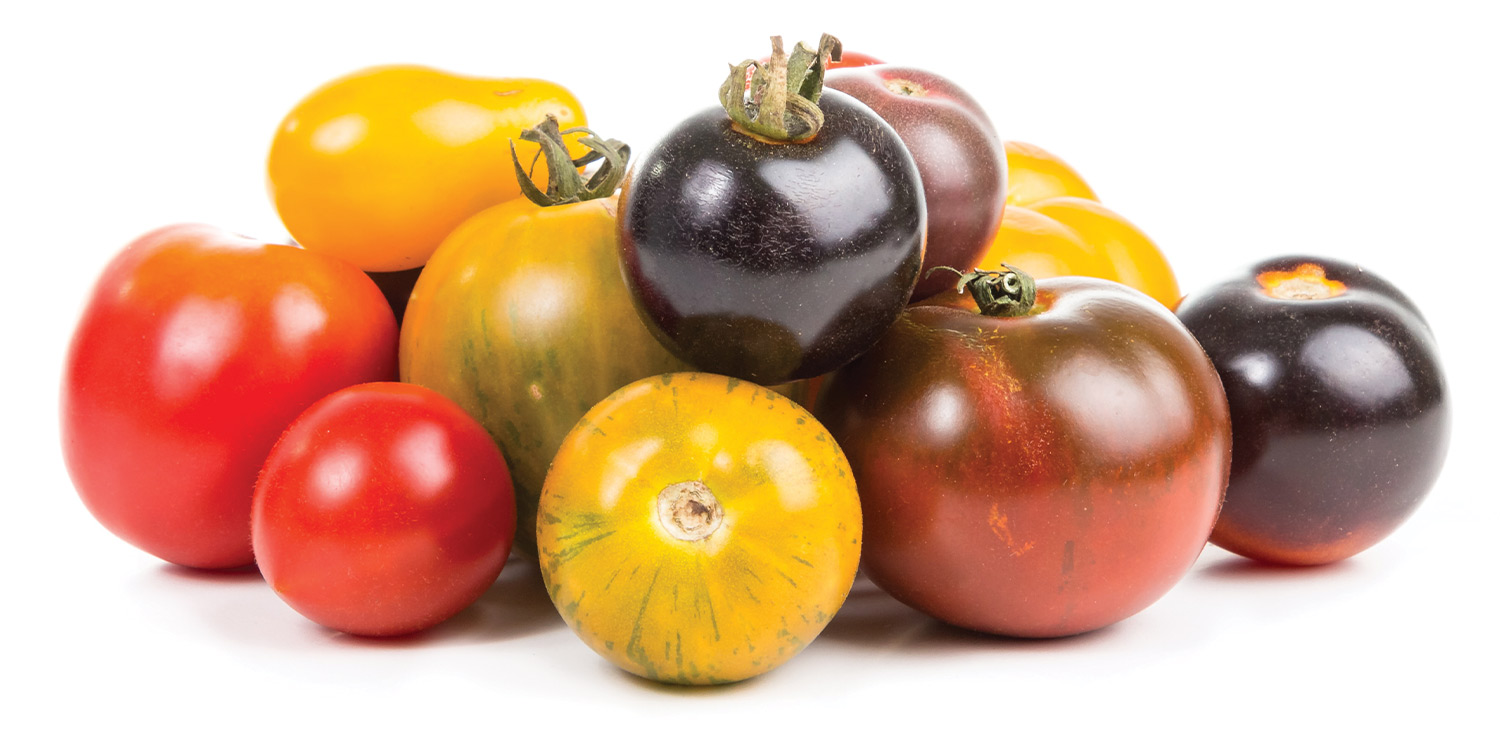Healthy Food for All


By Nicholas Gosling ’06
Researchers focus on the nutritional needs of historically marginalized communities
 ow does food and nutrition insecurity affect physical, mental and social well-being? How does it vary by race, ethnicity, gender and sexual orientation?
ow does food and nutrition insecurity affect physical, mental and social well-being? How does it vary by race, ethnicity, gender and sexual orientation?
These are questions that some UNH researchers are seeking to answer as they work to serve and support New Hampshire and regional communities that are marginalized based on their race and ethnicity, socioeconomic status, sexuality and gender identity.
Identifying Food Insufficiency in the LGBTQ+ Community
Analena Bruce, a sociologist and assistant professor of agriculture, nutrition and food systems, leads the Food Systems Lab at UNH, where she examines food supply chains and how to make them more equitable and resilient. Bruce recently collaborated with Jess Carson, research assistant professor at the Carsey School of Public Policy , and postdoctoral research associate Isaac Leslie to look at food insufficiency (defined as lacking adequate food in the past seven days) among LGBTQ+ (lesbian, gay, bisexual, transgender and queer, plus other sexual and gender identities) people living in New England.
Using data from the U.S. Census Bureau, the researchers found that 13 percent of lesbian, gay and bisexual people experience food insufficiency — more than twice the rate of heterosexual people — and that more than 26 percent of transgender New England residents experience food insufficiency, more than four times the rate of cisgender people (people whose personal identity or gender corresponds with their birth sex).
However, it was at the intersection of gender identity, sexuality and race that they unearthed some of the most concerning findings, says Bruce. For example, one in three Black transgender New Englanders reported not having enough food in the past week.
Healthy Food for All


By Nicholas Gosling ’06
Researchers focus on the nutritional needs of historically marginalized communities
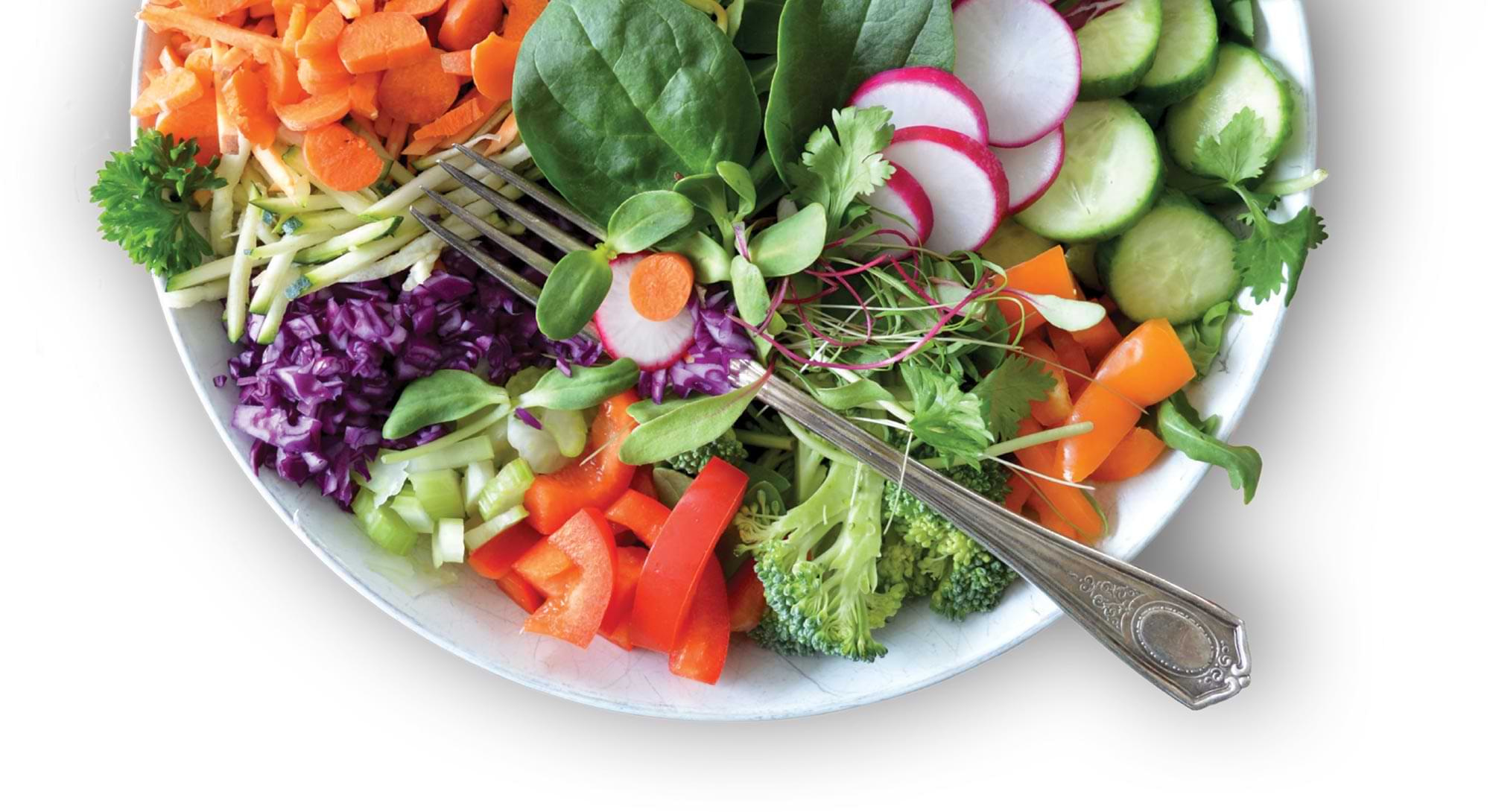
 ow does food and nutrition insecurity affect physical, mental and social well-being? How does it vary by race, ethnicity, gender and sexual orientation?
ow does food and nutrition insecurity affect physical, mental and social well-being? How does it vary by race, ethnicity, gender and sexual orientation?
These are questions that some UNH researchers are seeking to answer as they work to serve and support New Hampshire and regional communities that are marginalized based on their race and ethnicity, socioeconomic status, sexuality and gender identity.
Identifying Food Insufficiency in the LGBTQ+ Community
Analena Bruce, a sociologist and assistant professor of agriculture, nutrition and food systems, leads the Food Systems Lab at UNH, where she examines food supply chains and how to make them more equitable and resilient. Bruce recently collaborated with Jess Carson, research assistant professor at the Carsey School of Public Policy , and postdoctoral research associate Isaac Leslie to look at food insufficiency (defined as lacking adequate food in the past seven days) among LGBTQ+ (lesbian, gay, bisexual, transgender and queer, plus other sexual and gender identities) people living in New England.
Using data from the U.S. Census Bureau, the researchers found that 13 percent of lesbian, gay and bisexual people experience food insufficiency — more than twice the rate of heterosexual people — and that more than 26 percent of transgender New England residents experience food insufficiency, more than four times the rate of cisgender people (people whose personal identity or gender corresponds with their birth sex).
However, it was at the intersection of gender identity, sexuality and race that they unearthed some of the most concerning findings, says Bruce. For example, one in three Black transgender New Englanders reported not having enough food in the past week.
“What this means is that addressing food insecurity needs to be done with explicit attention to the intersections of structural racism, discrimination and marginalization based on race, gender identity and sexuality,” Bruce says. “There’s an assumption that increasing the availability of nutritious foods will solve the problem, but it’s clear we need to dig deeper to understand why we have these very stark disparities in our food system.”
Examining the Nutrition and Well-Being of Hispanics
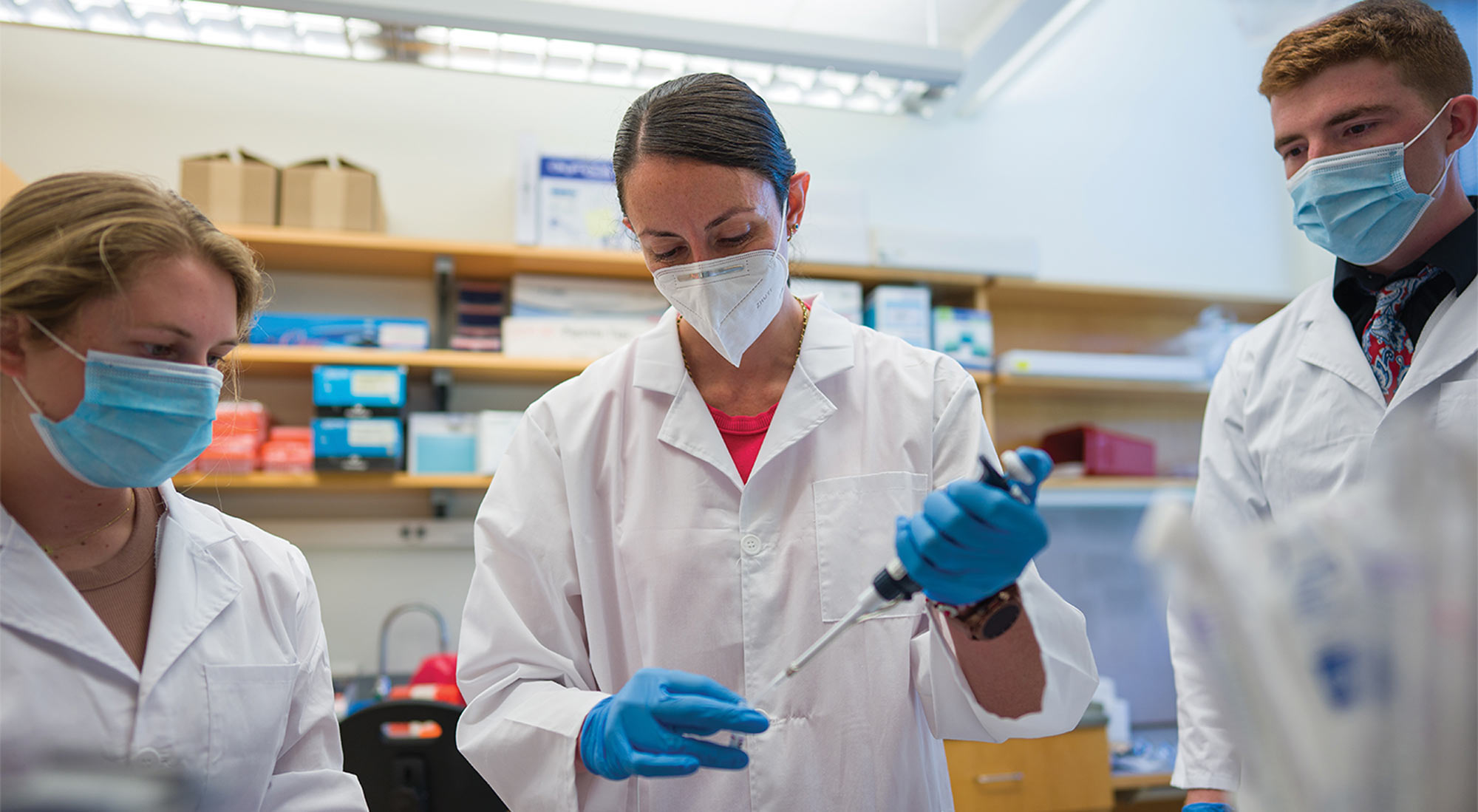
A diet rich in nutrients and healthy fats and a variety of fiber sources often leads to a more diverse gut microbiome and a healthier person, says Dao. And quality of diet plays just as important a role as quantity of diet, especially when it comes to gut microbiome diversity, she adds, as do many other factors — including age, the environment and medication use, to name a few.
Dao is especially interested in the interplay of diet and gut microbiome health in ethnic minority populations in the U.S., such as Hispanics, who make up more than 18 percent of the total U.S. population. The interdisciplinary nature of her research ensures that she’s accounting for behavior, demography and many other factors in addition to considering gut microbiome health. For example, Dao and her team recently concluded a phone-based survey of more than 200 Hispanic New Hampshire residents to assess different aspects of physical and psychosocial well-being, examining how Hispanic residents were coping mentally and physically during the pandemic.
“The goal is for all of this information to feed into the development of nutrition strategies for living healthy lifestyles,” says Dao. “We need to holistically consider the characteristics of the people seeking these interventions and tailor the strategies to their specific situations.”
Improving Nutrition Education for Refugees
It’s estimated that between 2,000 and 3,000 Bhutanese people live in the Granite State. Refugee adults in the U.S. are one of the groups eligible for the Supplemental Nutrition Assistance Program (SNAP) and the SNAP Education (SNAP-Ed) initiative aimed at helping SNAP beneficiaries consume a diet in line with federal dietary guidelines. Bigornia wanted to know if SNAP-Ed considered the cultural aspects of Bhutanese refugees.
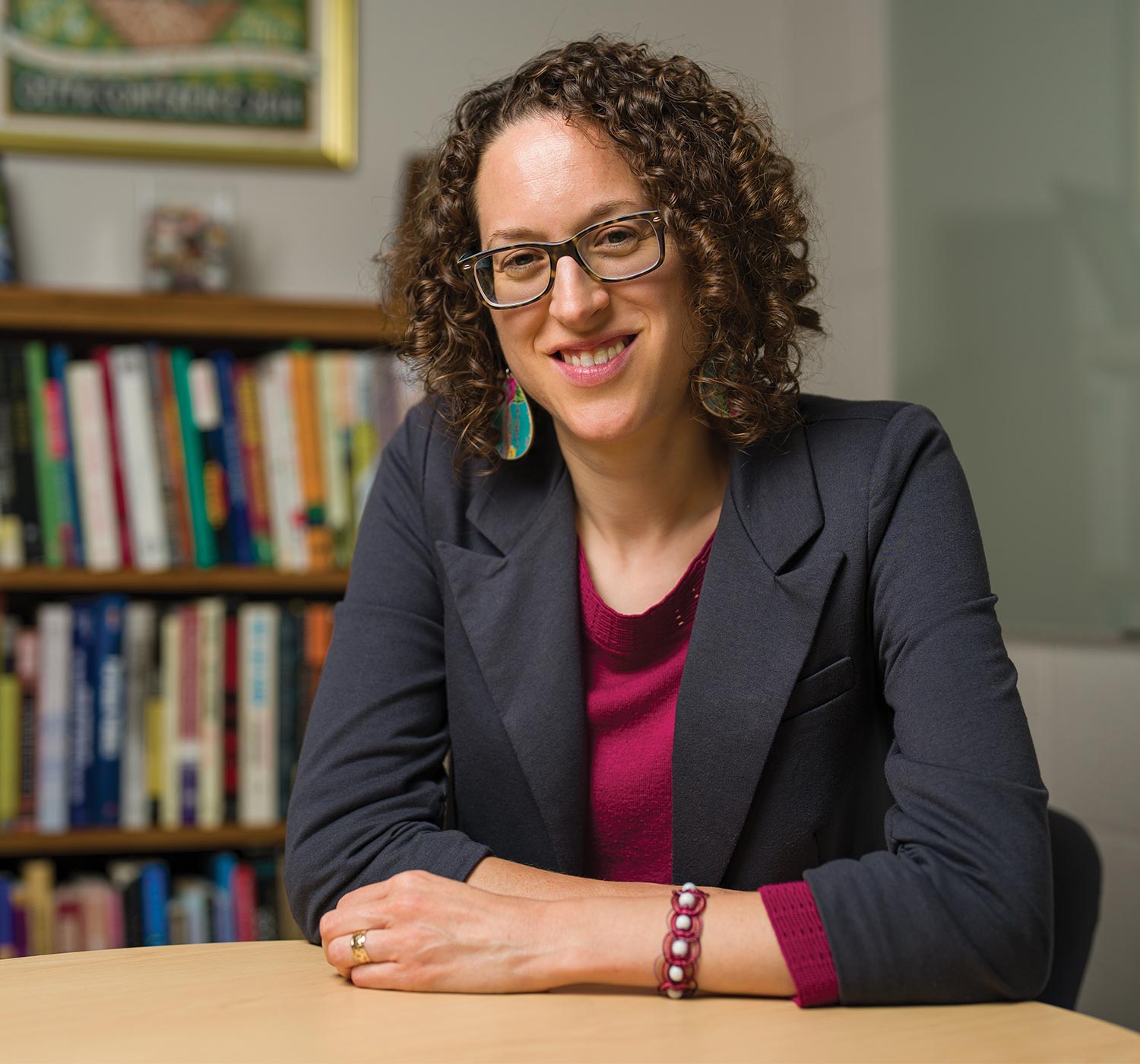
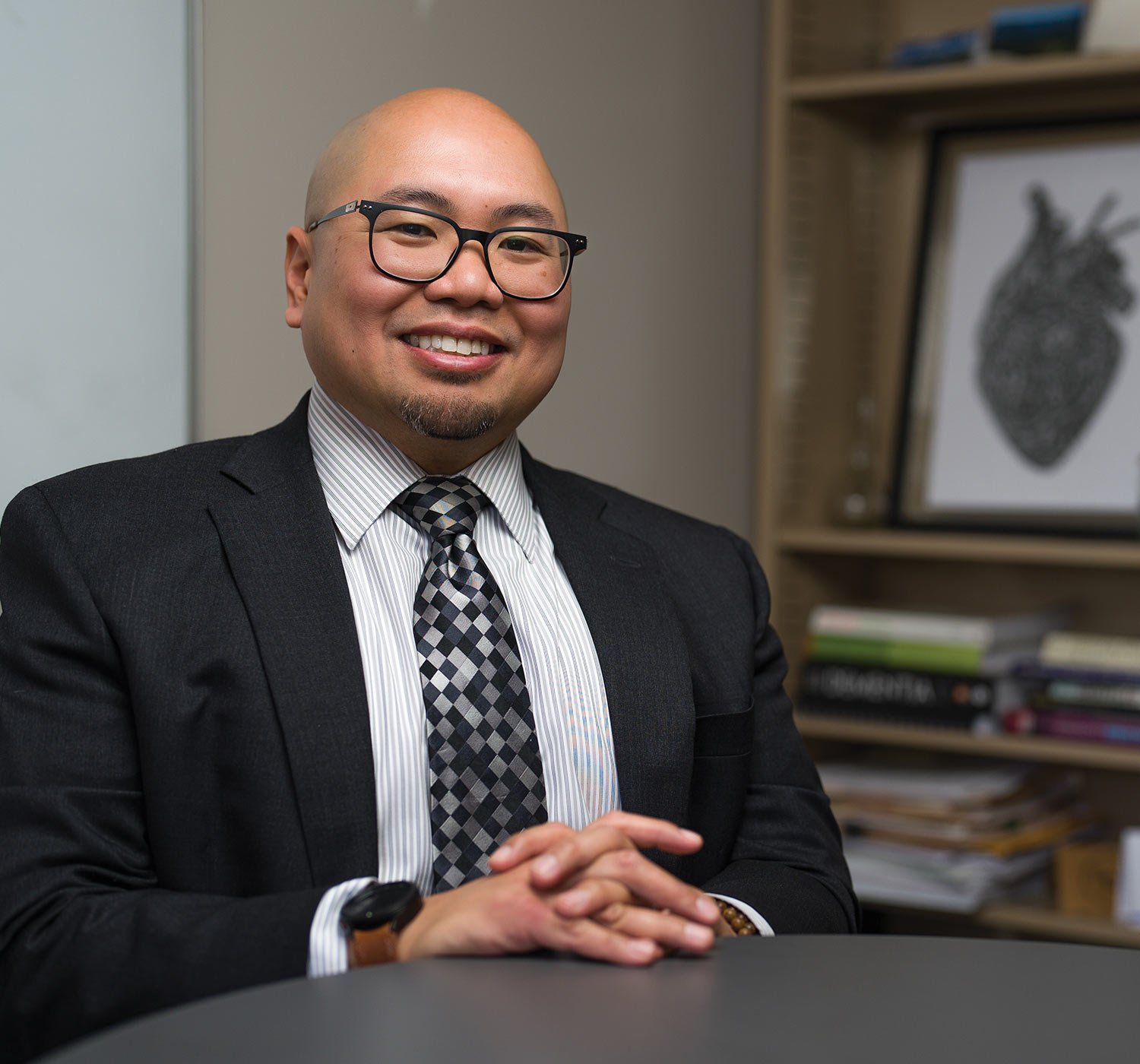
“Our preliminary evidence suggests that SNAP Education doesn’t appear to have a significant impact on dietary quality for the Bhutanese refugees,” says Bigornia. “To me, what that indicates is that just translating the lessons to the appropriate language isn’t enough — you also need to take into consideration the cultural context of the audience.”
He adds, “I’m really fortunate that I can use my platform and resources to inform dietary prevention or treatment efforts tailored to communities that are not well represented in nutrition research. That’s why the research that I’m doing, that Carlota is doing and that Analena is doing is so important. We’re examining appropriate ways to reduce the health burden, in a more personalized manner, on the different communities we’re working with — all of which are underrepresented.”
Reprinted with permission from THRIVE, a publication of the College of Life Sciences and Agriculture
The Extension
Connection
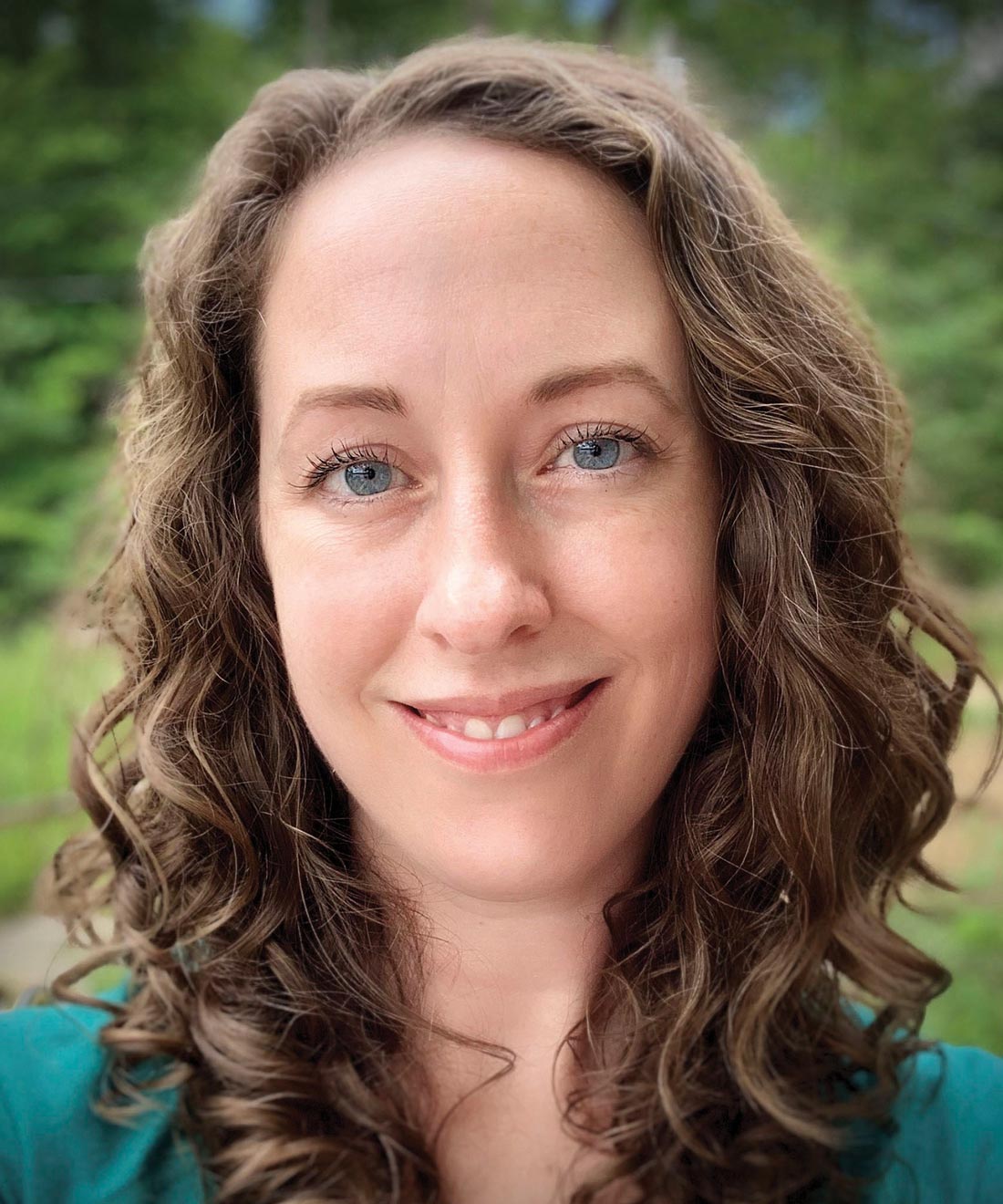

o bridge the gap between research labs and the living rooms, kitchens and grocery stores of local communities, these nutrition researchers turned to UNH Cooperative Extension.
“Researchers can partner with Extension to connect with the populations we serve but also to communicate their findings out into the community to generate interest and propel change,” says Amy Hollar, Extension state specialist for healthy living and director of the Nutrition Connections program.
Hollar brought Extension’s boots-on-the-ground knowledge and community connections to Dao and Bigornia. For Dao, this meant access to three Spanish-speaking community nutrition paraprofessionals whose feedback helped her design a better survey. In turn, she credited them as co-authors on her published and presented results. “They’re really proud of that,” says Hollar.
For Bigornia’s work evaluating the effectiveness of SNAP Education courses on the state’s Bhutanese community, Extension provided the curriculum and recruited the study subjects, creating a research study that ultimately benefitted Extension and the Bhutanese subjects. “He’s evaluating what we’re already doing and helping to make it stronger, more culturally competent,” says Hollar. “He’s trying to truly find ways to make our program better for people from other countries.”
Beth Potier
